
The Good and Bad of Sustainable Design
A review of the best and worst for sustainable design.
Green branding is becoming a standard part of the design process for most companies. But whilst it’s easy to say you are supporting environmental and social issues, not all companies are equal when it comes to being a truly sustainable brand.
Consumers are becoming more and more conscious of the choices they’re making. 2020 in particular has seen a shift in the way social and environmental issues are increasingly informing purchases and every age group, from Gen Z to Baby Boomers, is now demanding more transparency and trust.
So your brand needs to get it right.
We’ve put together a review of some examples of the good and the bad sustainable design across the top brands.
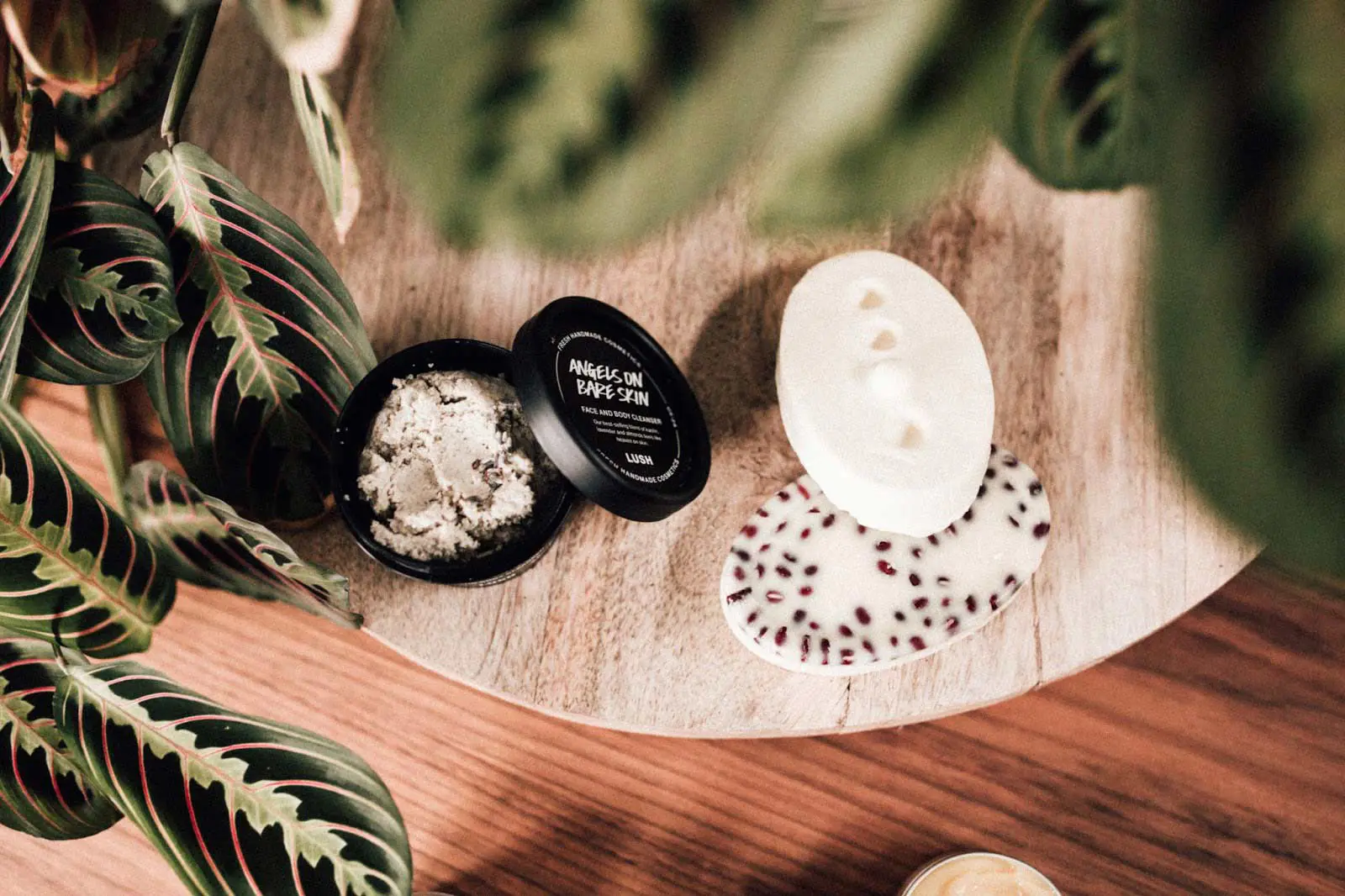
Lush has been leading the sustainability charge in the beauty industry since its launch in 1995. ‘Ethical’ is business-as-usual for them. Their entire brand is based on using natural, cruelty-free, sustainable materials and they are completely transparent about their commitment to social and environmental issues.
Their ethos is clearly reflected in their image, from their in-store design to their eco-friendly website, it is clear what you’re supporting when you buy a Lush product.
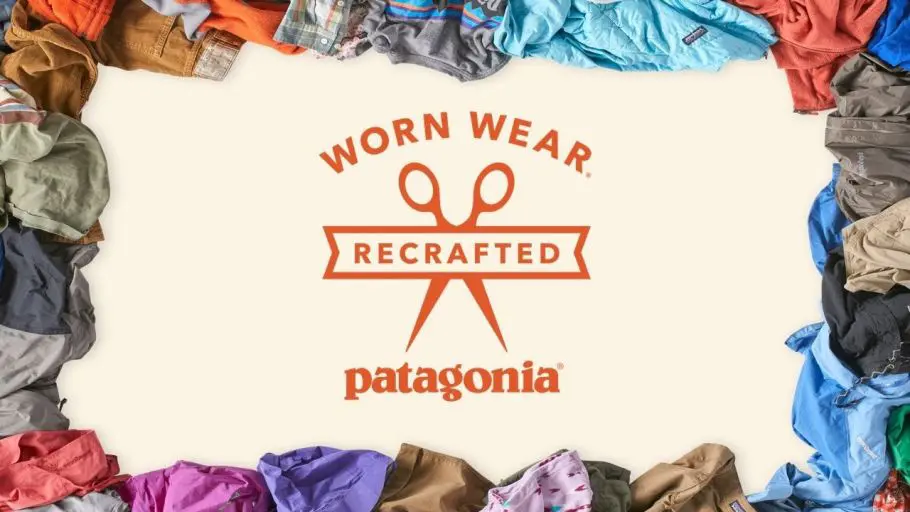
Patagonia is the Lush of fashion. Sustainability has underpinned their brand since opening in 1973, long before the term became mainstream. Their products are designed to last and they practice what they preach. They have a successful ‘worn wear’ program with tutorials on how to repair items as well as a promise to recycle or repurpose your end of life garments.
Since 1985, they have pledged 1% of their sales to the preservation and restoration of the natural environment. This, and their numerous other commitments, are effectively embedded throughout the design of their brand.
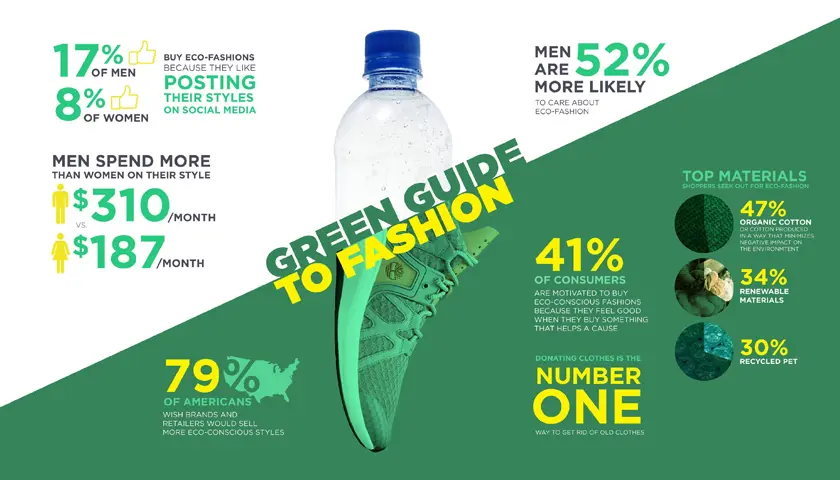
Sustainability is woven throughout the Timberland brand. From their earthy logo to their most recent Nature Needs Heroes community-based campaign, their commitment to tackling environmental issues is clear.
Their established design is marketed in a way that gives the consumer confidence that they’re taking their responsibility seriously. From workers rights to reforestation, Timberland is a brand that garners loyalty through their quality and their actions.
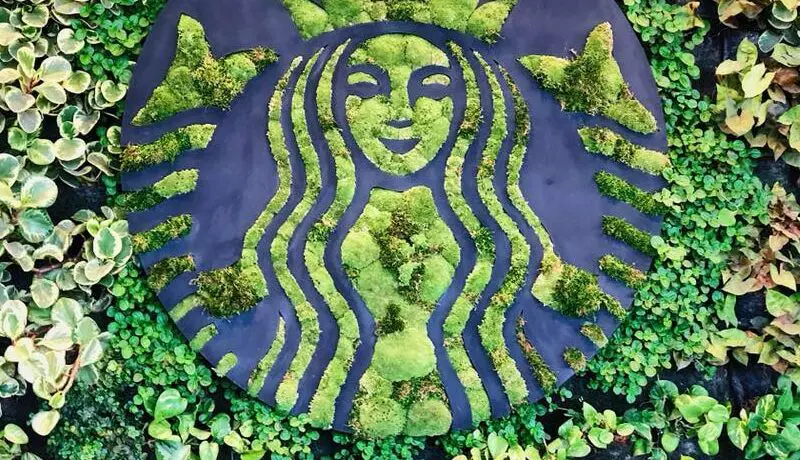
In the food and beverage sector, Starbucks is up there as a sustainable brand. They were leaders in the Fairtrade coffee movement and invest a lot into supporting sustainable farming practices and the communities that they work in. They also helped to make reusable coffee cups mainstream for high street coffee shops.
Their simple, green and white branding neatly reflects their environmental and social commitments, from eco-friendly stores to inclusive working conditions.

Apple is a household name that is respected for its design and technology but is also one of the leaders in the tech sector on environmental issues. They are now carbon neutral and have committed to all of their devices being carbon natural by 2030.
Consumers may have already noticed some differences in the way devices charge but and they are also looking at the entire supply chain to make every step more sustainable.

The first thing you see when you visit Coca-Cola’s website is a reel of the projects they are committing to support in your region. Shifting away from plastic is one of their big missions, with a paper bottle currently being trialled in Europe. But they are also investing in nature-based solutions and supporting a decent post-Covid recovery.
Their sustainability initiatives are always closely aligned with local issues which you can easily learn about by switching regions on their website.

Ikea has been using sustainable materials for years and they are constantly updating their commitments which spread across a range of social and environmental issues. Currently climate neutral, they are now designing all of their products to be 100% circular and aiming to use only renewable or recycled materials by 2030.
Sustainable design is spread throughout the entire Swedish company’s ethos.
In a year where everything has felt a little chaotic, it seems inevitable that some of the trends are following a chaotic design. ‘Typography chaos’ disrupts the alignment and order of words and lettering, using a mixture of fonts, sizes and colors which not only gives designs a vintage feel but also allows an expression of complexity.
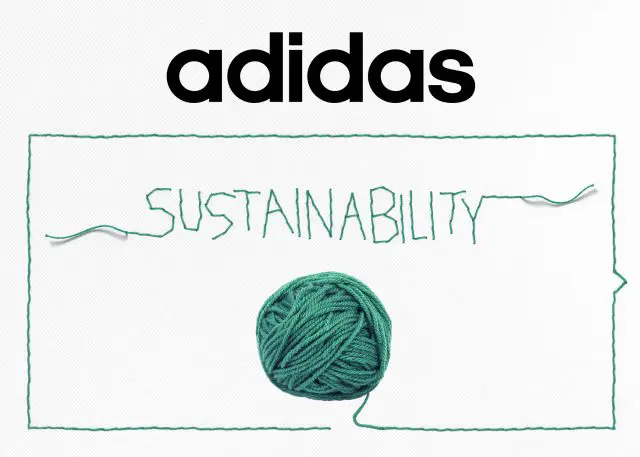
Adidas were one of the first major sports brands to launch a high performance running shoe made entirely from recycled plastic waste, in collaboration with Parley. Their commitment to ending plastic waste is reflected in their latest goal to use 100% recycled polyester in their products by 2024.
Their brand design has shifted with their environmental priorities making them clear throughout their website and marketing campaigns.
Similar to Coco-Cola, PepsiCo’s sustainability commitments are the first thing you see when you visit their website. They aren’t afraid to take bold stances, as demonstrated with their support of #StopAsian Hate, and their recent partnership with Beyond Meat aims to mainstream plant-based snacks and beverages.
Sustainable design at its worst
In the same vein, designs with minimal color are making a comeback, offering simplicity and creating a contrasting atmosphere to designs with bright and bold palettes. Black and white designs bring a classic, clean feel whilst inserting soft sepias adds a touch of warmth to the image.
Charmin’s parent company, Proctor and Gamble, faced a lawsuit over their ‘freshmates’ product which claimed to be flushable when, in fact, they do not sufficiently break down to pass through pipes.
They have since added a disclaimer that they should only be flushed in “well-maintained plumbing systems” but the company continues to market the product with misleading claims.
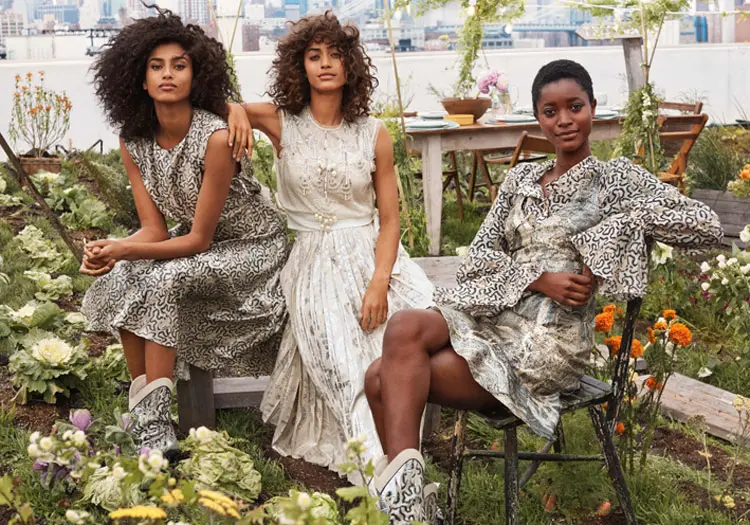
H&M are one of the big fast fashion brands that have face criticism over their greenwashing. They place a lot of focus on their ‘conscious’ range and their environmental targets but some suggest this is covering up the damage their operations do.
They also continue to be exposed for the poor working condition in their 100s of factories. This includes failing to pay their workers a living wage as well as failing to adequately respond to reported claims of abuse of their female garment workers in Asia.

The “Rainforest Alliance certified” sticker is intended to relay the message that being certified is environmentally and socially responsible. However, they are regularly criticized for failing to address the underlying structural issues that lead to exploitation within the supply and distribution chains.
Reynolds American, a subsidiary of British American Tabacco, is a good example of greenwashing. The brand positions its Natural American Spirit product as the cigarette for those who want an eco-friendly smoke, and they market their tobacco as being organic and chemical-free.
However, as the Campaign for Tobacco-Free Kids states “Cigarette smoke spews more than 7,000 chemicals into the environment, including hundreds that are toxic and at least 69 that cause cancer” – facts which the brand completely wash over.
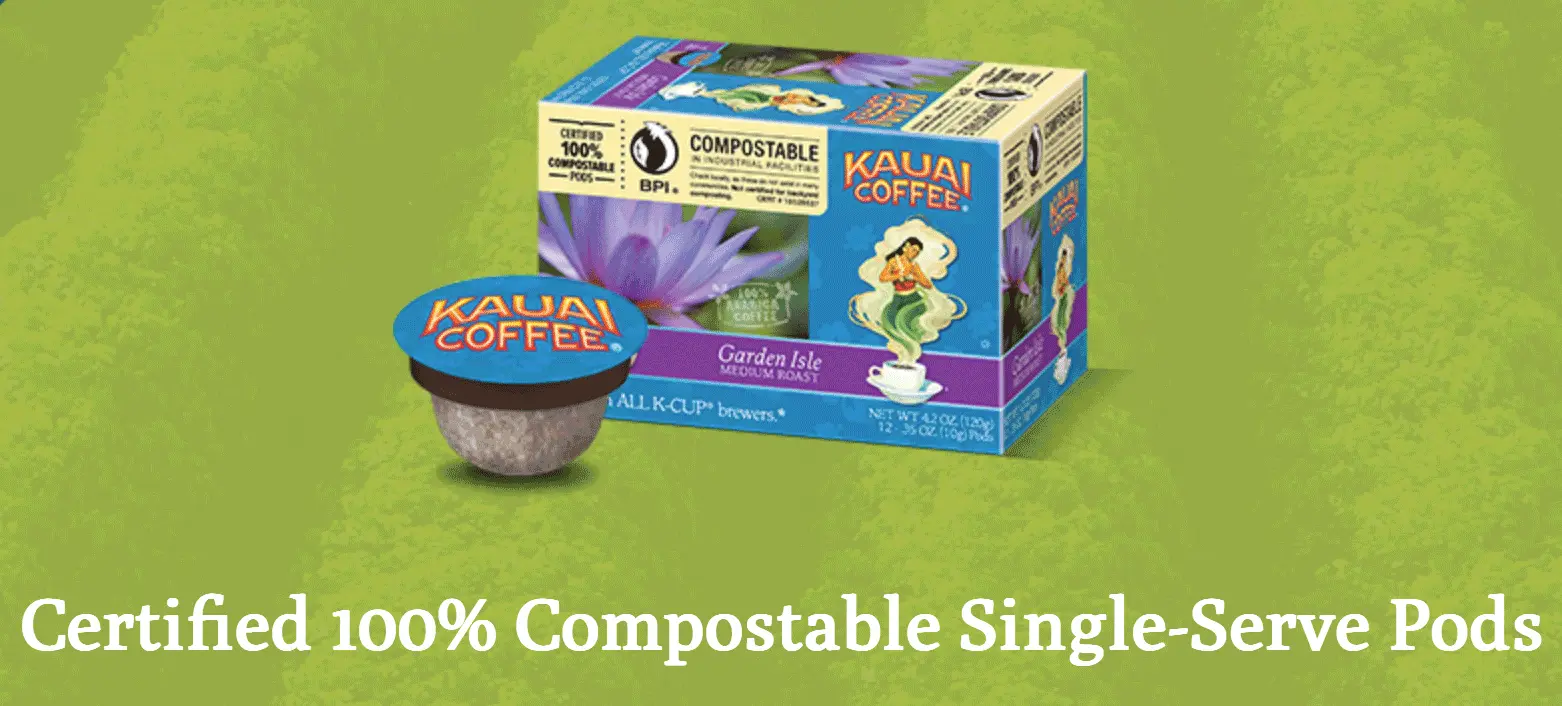
This Hawaiian coffee brand markets itself as sustainable, claiming that its single-serve coffee pods are certified compostable. However, they only compost at industrial facilities rather than at home which makes their claim misleading.
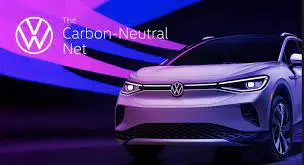
Volkswagen was recently at the center of an emissions scandal when they admitted to fitting 11 million of their diesel cars with ‘defeat devices’ to cheat emissions test. Although a number of their cars were recalled, it resulted in Volkswagen paying out a $14.7 billion settlement against allegations of false advertising and emissions test cheating.

This Hawaiian coffee brand markets itself as sustainable, claiming that its single-serve coffee pods are certified compostable. However, they only compost at industrial facilities rather than at home which makes their claim misleading.

Another global fast-fashion brand that has been accused of greenwashing, Zara provides plenty of language around sustainability but does not provide any concrete evidence of how they are going about it. They also don’t take a stance on labor conditions and have made little progress on payment of living wage, despite their huge profit margin.
Conclusion
At a time when sustainability is high on everyone’s agenda, authenticity is vital. It is no longer good enough for a brand to say they’re committed, it has to be threaded throughout their operations with demonstrable evidence of how they’re limiting their impact on the planet.
